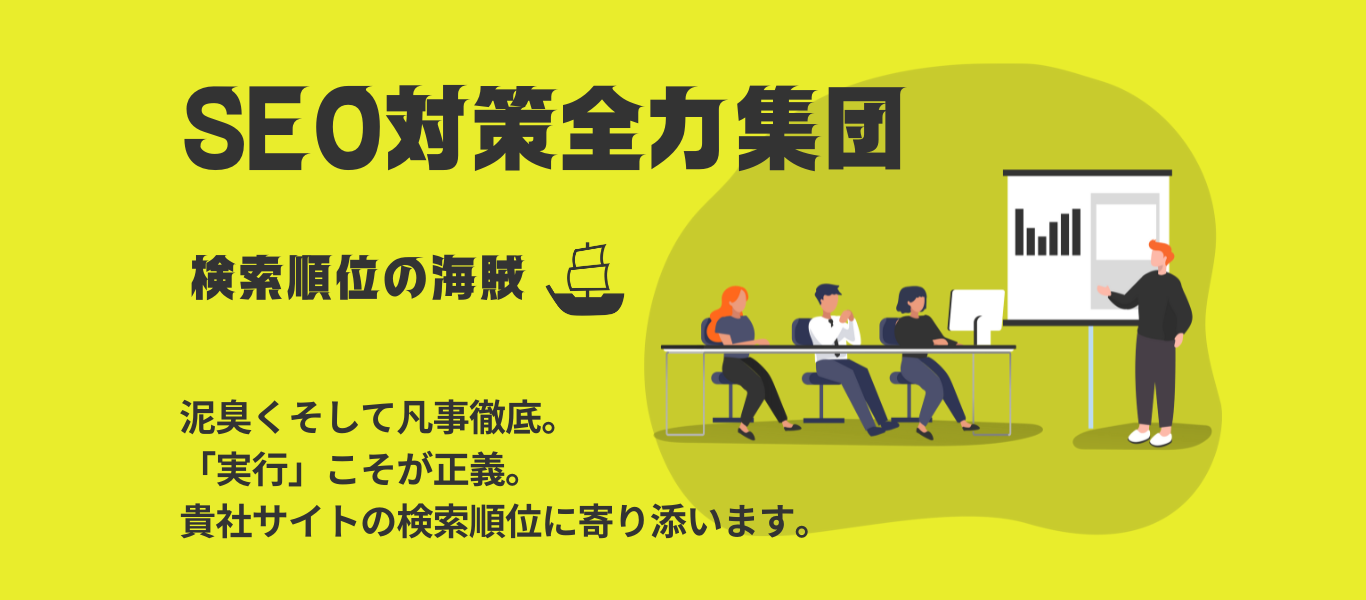Essential SEO Strategies for Headless CMS
페이지 정보
작성자 AM 작성일25-11-06 16:14 (수정:25-11-06 16:14)관련링크
본문
When implementing a headless CMS for your website, SEO should be a core consideration from day one. Unlike monolithic content systems where content and presentation are tightly coupled, decoupled architectures separate the backend from the frontend, which means you need to take extra steps to ensure search engines can properly index and understand your content.

First, make sure your client-side application generates clean, semantic HTML. Even though you're using Angular, SSR or SSG is required for proper indexing. Avoid relying solely on CSR as it can delay content visibility to bots.
Next, manage your SEO elements in real-time. A decoupled content platform gives you the ability to customize meta fields within the content interface. Ensure your frontend pulls these values from the CMS and adds them to the document head. Missing or repetitive SEO elements is one of the frequent ranking obstacles in API-driven sites. Also, implement structured data markup using schema.org where appropriate. This helps algorithms interpret your page context more accurately and can lead to rich snippets in search results.
Don't forget about permalink design. Even if your content platform manages no URLs, your frontend must generate clean, 横浜市のSEO対策会社 descriptive URLs that reflect your content hierarchy. Avoid using numeric slugs. Use slugs that are readable and include target keywords where relevant. Implement rel=canonical links to resolve URL redundancy, especially if your site has alternative URLs serving identical pages.
Media handling is another area that often gets ignored. Headless CMS platforms usually let you store media assets, but it's up to your application to handle image delivery. Use modern formats such as AVIF and WebP, set contextual image descriptions from the editor, and implement intersection observer for media. Make sure your image filenames contain relevant keywords.
Lastly, monitor your site's crawlability. Use tools like Google Search Console to check for access problems and rendering failures. Update your robots.txt file to permit access to key content while restricting admin or duplicate pages. If you're using a authentication layers, ensure they don't prevent Googlebot or Bingbot from accessing content. Continuous indexing reviews will help maintain strong SEO health over time. Remember, a API-first platform gives you more control, but also more responsibility—treat every optimization as deliberate.
댓글목록
등록된 댓글이 없습니다.

